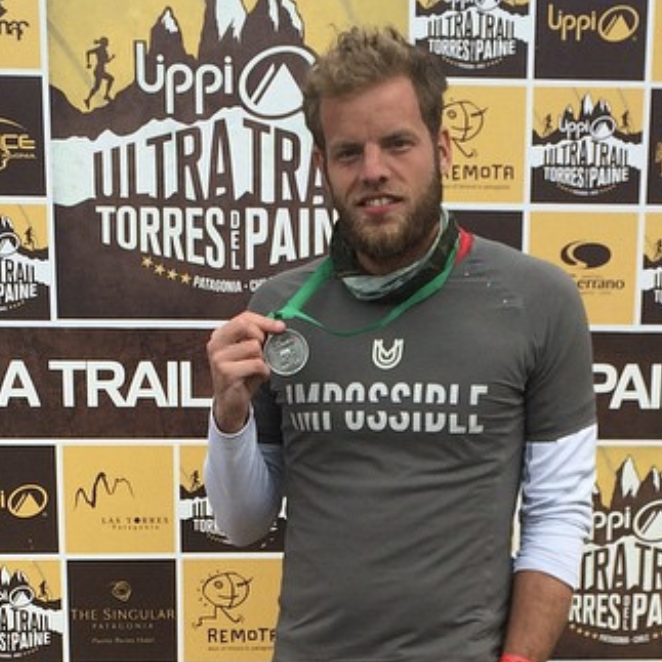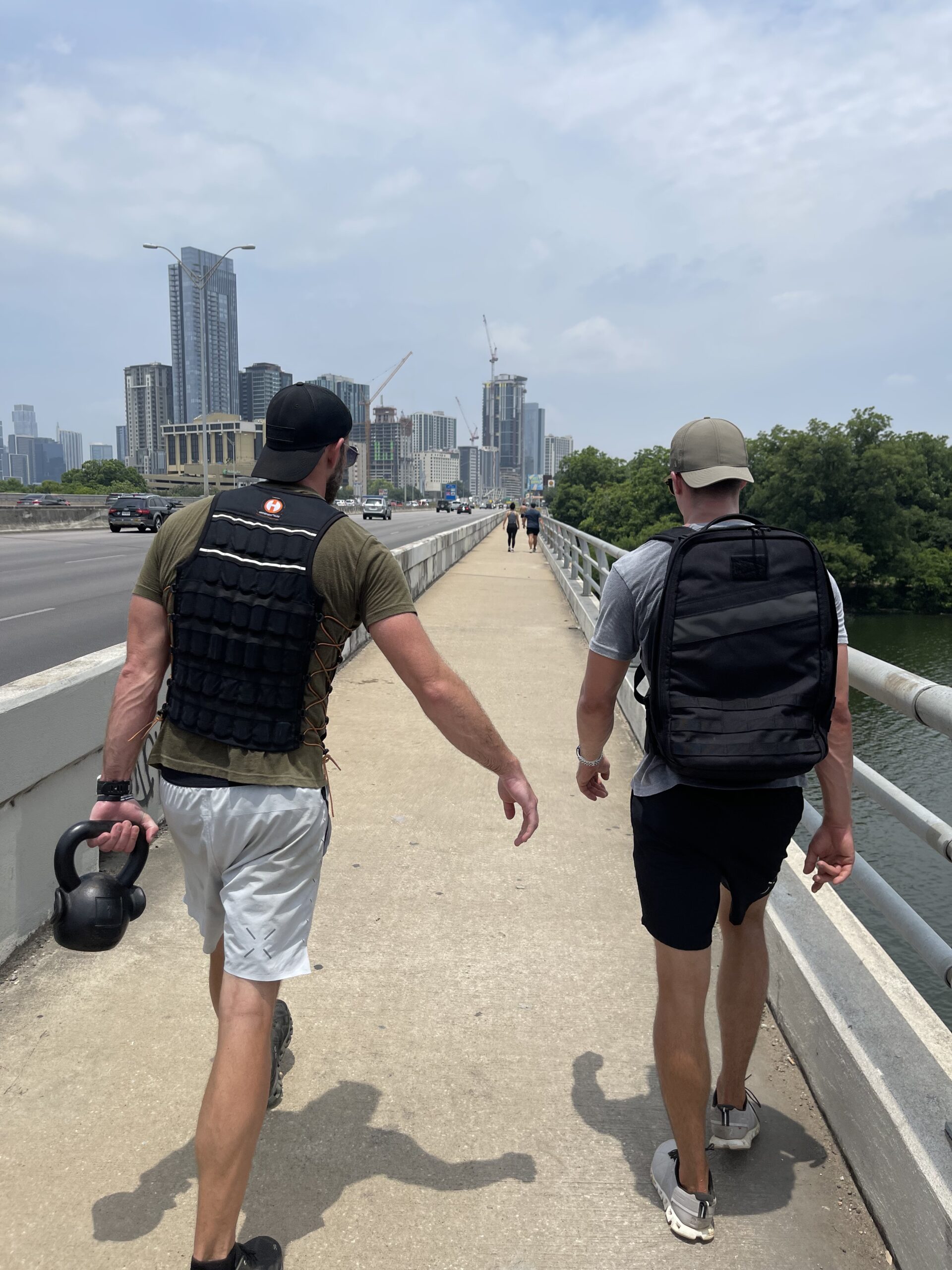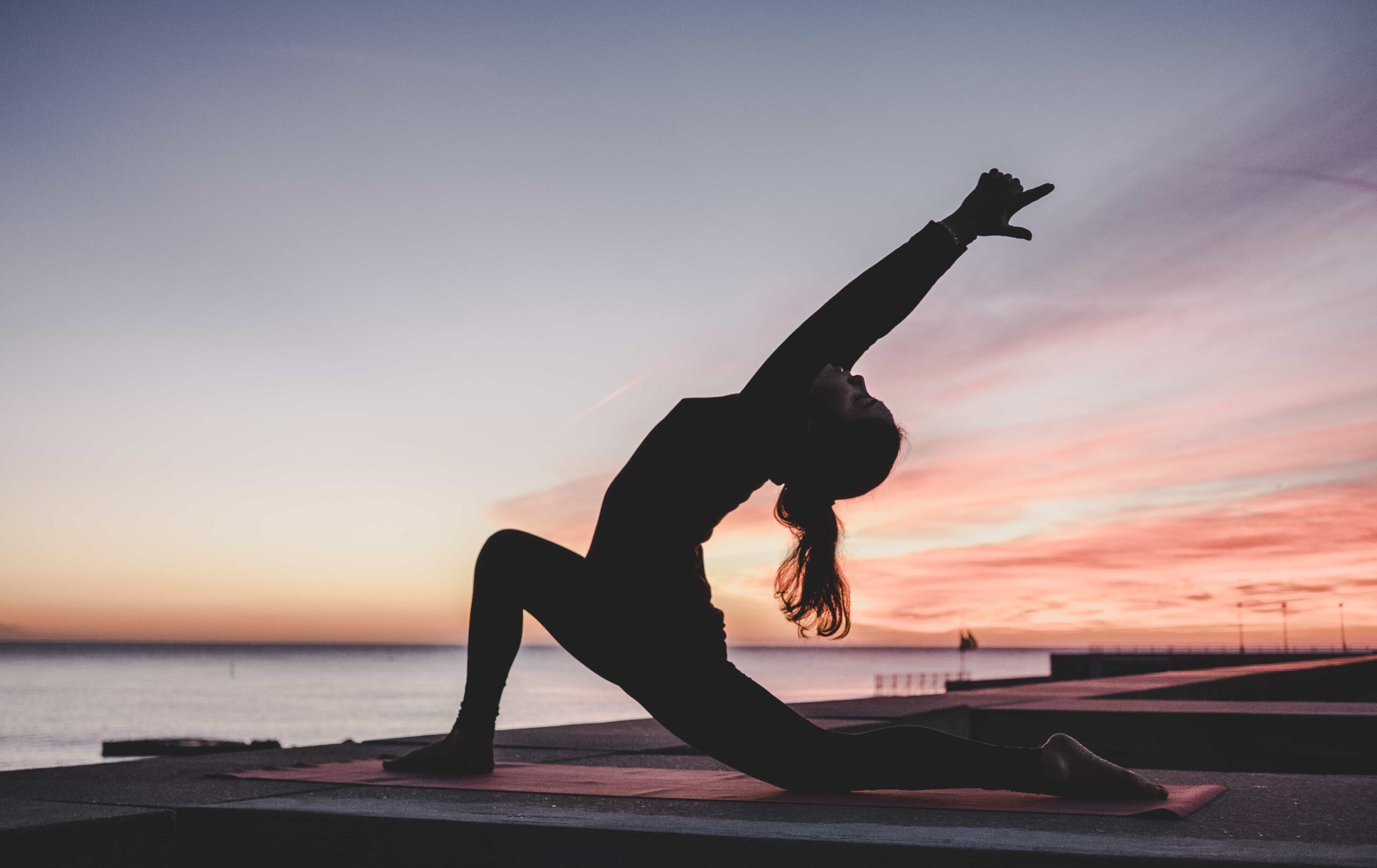Biomechanics – sounds like something from the terminator, right?
Wrong. Proper biomechanics is all about improving your body in motion and making it move better than you ever have before.
Sound like what you’re looking for? Read on.
Biomechanics Definition
Biomechanics is the study of movement and structures at every level of the biological systems.
While this can go as micro as cell and organism-level mechanics – for the majority of our focus here – we’ll focus on how biomechanics apply to human movement – typically known as “sports biomechanics.”
Other sub-fields of biomechanics that we won’t discuss here include:
- Biofluid mechanics
- Biotribology
- Comparative biomechanics
- Computational biomechanics
- Continuum biomechanics
- Plant biomechanics
- Sports biomechanics
Biomechanics in Sports
Biomechanics in sports almost completely focus on optimizing optimal muscle recruitment and performance. Biomechanists can focus on creating machines and tweaking personal biomechanics to generate the most force, or speed that typically yield the best performance for the athletes.
For non-performance focused humans, improving biomechanics, similar to body mechanics, can typically yield less injuries and more overall resiliency.
How Do Biomechanics Relate To Movement?
Biomechanics might sound a bit convoluted, but it all comes down to movement. If you’re moving correctly, you’ll move more efficiently, be able to move more weight, less prone to strain yourself and your body will generally be happier.
If you’re moving incorrectly, your biomechanics are likely off and you might find yourself constantly frustrated by a series of injuries or setbacks “even though you’re not doing anything wrong.”
Correct biomechanics just make everything easier.
What are basic body biomechanics?
There are 4 basic movements that you should have down flat from a biomechanical standpoint.
- Press
- Pull
- Squat
- Lift
The 7 Principles of Biomechanics
There are 7 main common principles of biomechanics.
- Stability
- Maximum Effort
- Maximum Velocity
- Impluse
- Reaction
- Torque
- Angular Momentum
Journal of Biomechanics
The journal of biomechanics is a specific publication dedicated to investigating…you guessed it…biomechanics more deeply.
It focused on in-depth issues of biomechanics relating to joints, soft tissue and how to best improve them to improve sports performance.
A few of the best places to access the journal of biomechanics are listed below:
- https://www.journals.elsevier.com/journal-of-biomechanics
- https://www.sciencedirect.com/journal/journal-of-biomechanics
- https://www.elsevier.com/journals/journal-of-biomechanics/00219290/guide-for-authors
Our Other Blogs Relevant to Biomechanics
- https://movewellapp.com/range-of-motion/
- https://movewellapp.com/body-mechanics/
- https://impossiblehq.com/fitness/mobility/the-benefits-of-foam-rolling/
- https://impossiblehq.com/fitness/mobility/
- https://impossiblehq.com/fitness/mobility/stretches-lower-back-pain/



